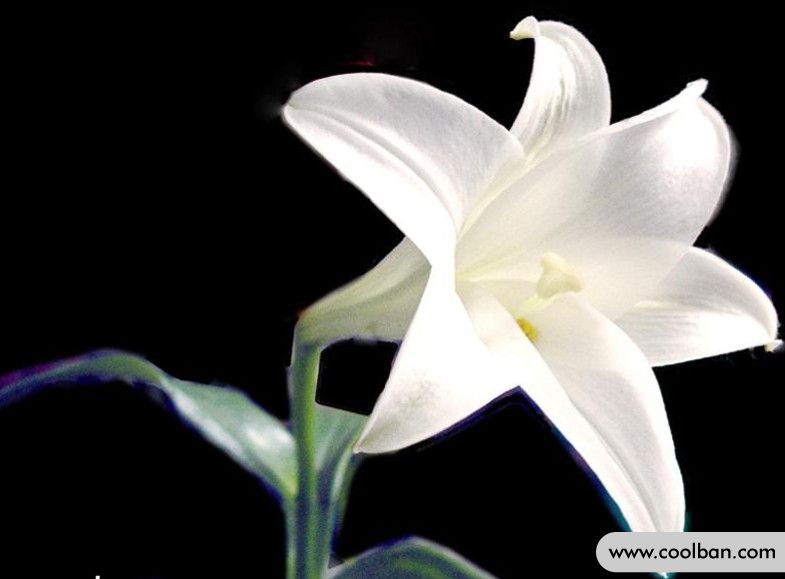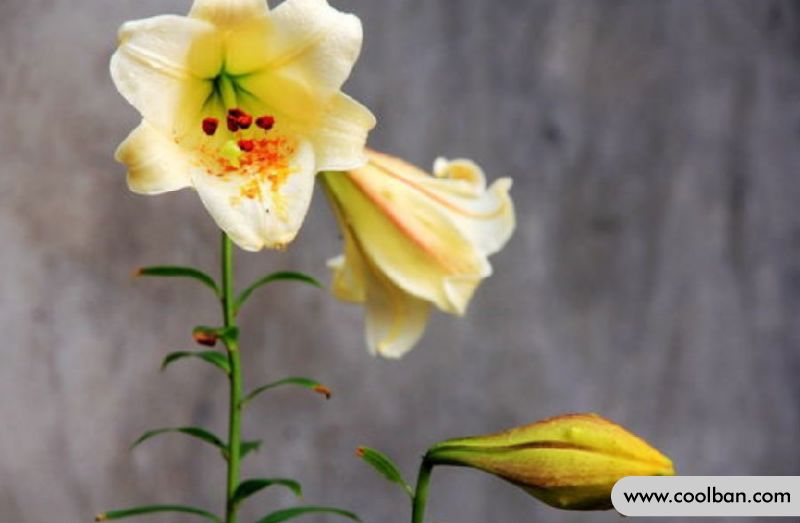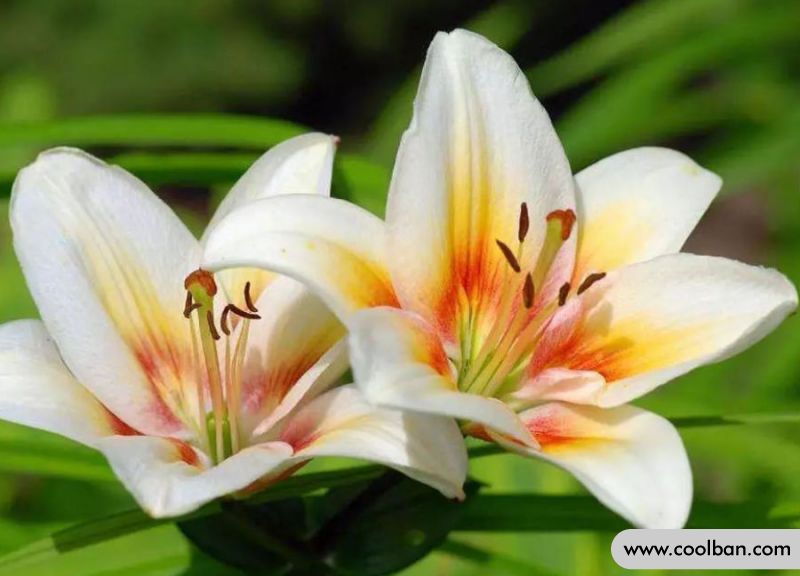What are the steps required to grow lilies?
Gardening has gradually approached our lives. Many families will plant some flowers and plants in their yards, but it is still difficult to really do gardening well. Let's take lily planting as an example for friends who want to start gardening and talk about the steps of gardening.

Lily planting step 1. Preparation of the site
In early August, we will start preparing the planting site, suitable for a slightly acidic environment, if the site is alkaline. If the previous crop was lily or other plants of the Liliaceae or Cucurbitaceae family, the site must be amended or the soil thoroughly disinfected with pentachloronitrobenzene or nitrate lime before planting. The soil should be fine-grained and not compacted.
Lily planting step 2. Receiving seed pods
Once issued, it does not need to be returned to cold storage, but it should be temporarily stored in a cool or cool ventilated environment and planted in soil as soon as possible. This is because large seed bulbs provide sufficient nutrients for the key germination characteristics of onion bulbs. Therefore, the quality of the bulbs directly determines the quality of flowering. If the quality of the bulbs is good, it is half the battle. The flower ball is also called flower ball, and its quality requirements: uniform specifications, no color difference, hard texture, healthy, no pests and diseases, full surface, no weathering, no drying, and the terminal buds are obviously green.

Lily planting step 3. Treatment of seed bulbs
Recheck bulbs before planting and remove rotten bulbs in time. Prepare a fungicide such as carbendazim or chlorothalonil (i.e. 2 grams or 2 ml of drug per 1 liter of water), soak the bulbs to be sown in this water for 20 to 30 minutes, and drain before sowing.
Lily planting step 4, planting mold.
Plant 20-25 seeds of lily per square meter, spaced 20-30 cm apart, in three different ways - dig, put and dig. Dig holes evenly in the planting area, depending on the spacing of the plantings. The diameter of the planting hole is usually 2 to 4 times the diameter of the seed bulb, and if the soil is generally improved, a second local soil improvement in the planting hole can also be effective. Growing lilies in caves is more labor- and cost-effective due to the larger planting spacing of lilies.

Lily planting step 5, sowing
After the planting pit is dug, the lilies can be sown vertically, so that the seeding can prevent the seed bulbs from tipping over. When sowing, make sure that the succulent roots of the lilies at the base are down and the buds are up, and then lightly cover with soil. The thickness of the mulch film for sowing varies according to the season, such as 7-9 cm in spring and 8-12 cm in autumn; the sowing can be shallower on clay, and deeper on loose soil with poor water retention capacity.
Lily planting step 6. Irrigation
Water well on the day of planting and keep the soil moist for three to five consecutive days. Immediately afterwards, it should also be watered, but usually no watering will keep the interior soil moist. If the soil becomes alkaline from repeated watering, it can be controlled by mixing in rotted leaf fertilizer.

Lily planting step 7, heat control and grass compaction
From August to September, the south is still a high temperature season. Flowers are shade-tolerant, heat-resistant and water-resistant plants. Sunscreen and ventilation measures should be taken when the temperature is high in summer. A sunshade net must be set up in advance for field planting, and 50% of the sun should be shaded. Planting flowers takes nearly 20 days to grow tender buds. When appropriate, add some sunlight, control the addition of water and fertilizer, and take measures to close in time.
Lily planting step 8. Maintenance
Use certain insecticides to prevent pests and plant diseases.
